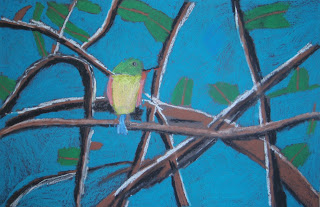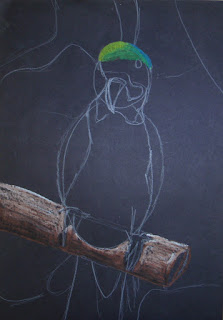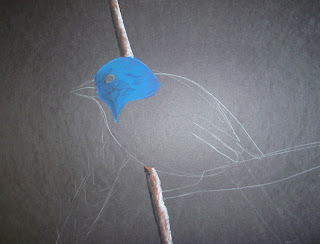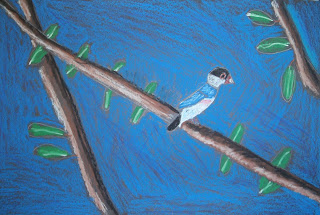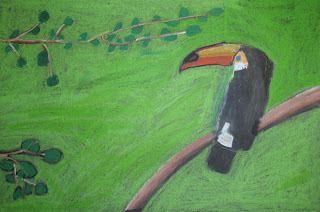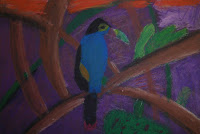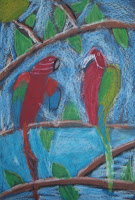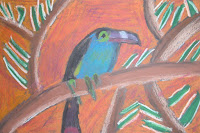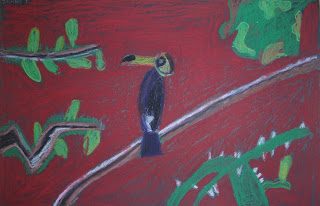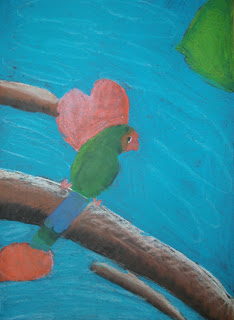Young students often rush to complete projects. I designed this project as a way to slow them down. Watercolor is a difficult medium and requires patience. My second grade students were excited to create their own watercolor Easter Eggs and did a fabulous job. My posting is a little late but they are beautiful!
Materials:
8 x 10 inch watercolor paper
watercolors
pencils
water dishes
paint brushes
examples
Making our Eggs:
Our first class together we discussed Easter Eggs and creating designs and patterns on them. The students had a choice-they could draw one egg or two. The eggs had to have a pattern or design on them. I reminded them not to draw small because we would be painting. I also asked them to include some grass (as if it were in a basket). Some decided to personalize their eggs a bit more.
During the second class, we discussed watercolor techniques and I demonstrated how to work with the watercolors. Watercolors require water in order to work. Although this may seem obvious to most adults sometimes children forget to add water when they are painting. So we talk about using the right amount of water and how to keep our brushes from having "bad hair days". The students always think this phrasing is hilarious!
The students spent the next 2 classes painting their eggs. A few wanted additional time and came in during our early morning tutoring time to work.
 |
 |
| by Annie |

















